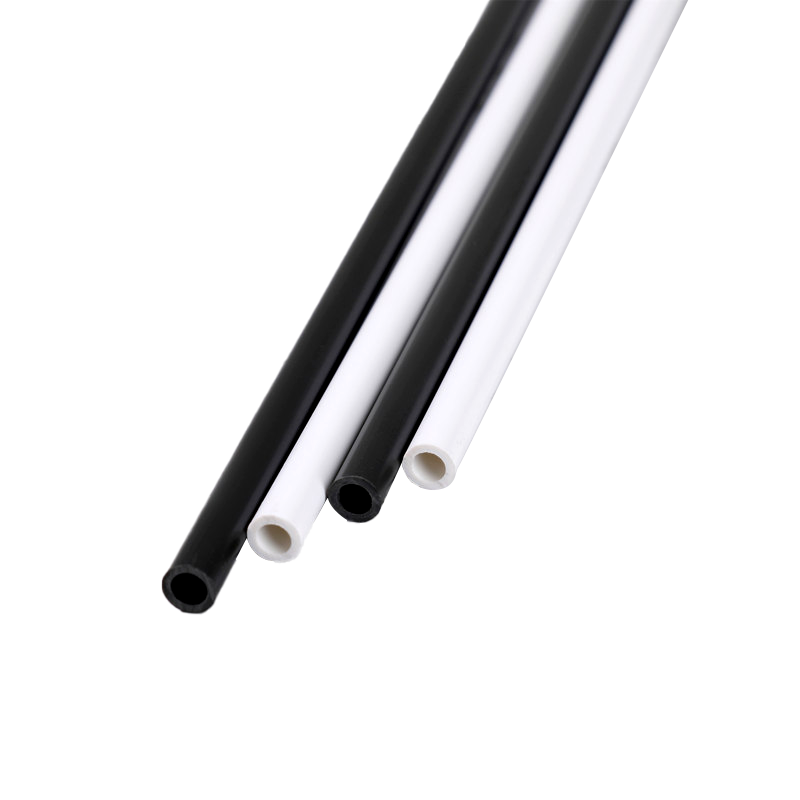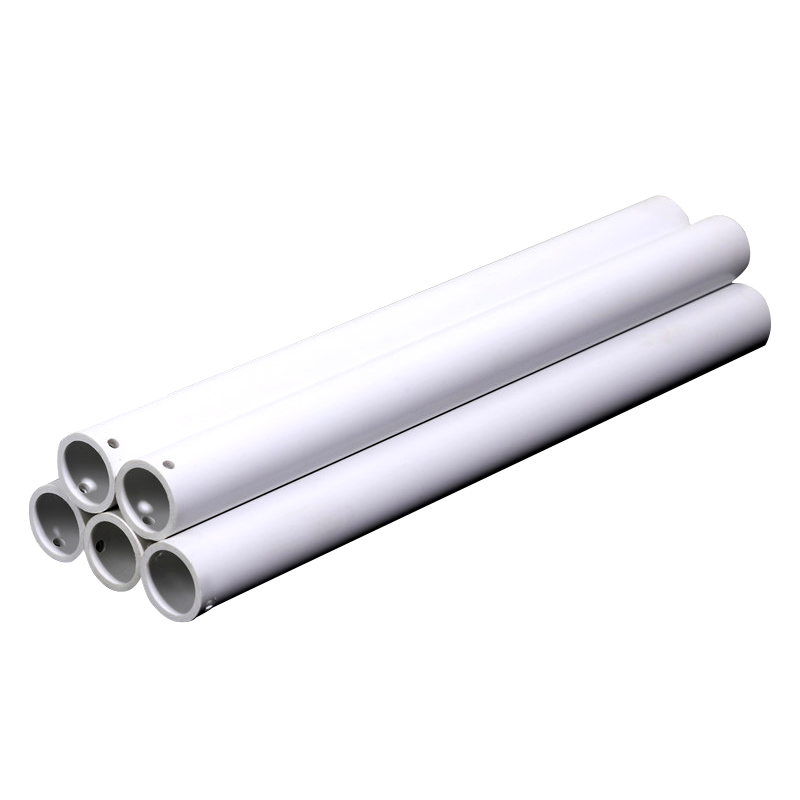Search by posts
Product category
Industry News
 By Admin
By Admin
Is a Hand Pulled Flagpole More Durable Than an Automatic Flagpole?
Flagpoles are a common feature in schools, government buildings, businesses, and private properties. When selecting a flagpole, one key decision is whether to choose a hand pulled (manual) flagpole or an automatic (motorized) flagpole. While both types have their advantages, durability is often a primary concern for buyers. Understanding the factors that affect the lifespan of these flagpoles helps determine which option might be more durable in the long run.
1. Construction and Material Differences
Hand pulled flagpoles and automatic flagpoles can be made from similar materials such as aluminum, stainless steel, or fiberglass. However, the internal mechanisms differ significantly:
Hand Pulled Flagpole: Operates with a simple rope and pulley system. The rope is used to raise and lower the flag manually, and the pulleys guide the flag up and down. This simplicity reduces the number of mechanical parts that could fail over time.
Automatic Flagpole: Contains a motorized mechanism, often enclosed in a housing at the base or within the pole. The motor, gears, and control system automate the raising and lowering of the flag, sometimes with remote control or programmable timers.
The presence of motors and electrical components in automatic flagpoles introduces additional points of potential failure. These components can wear out, get damaged by weather, or require regular maintenance. In contrast, a hand pulled flagpole relies almost entirely on mechanical parts that are simple, robust, and easier to repair.
2. Resistance to Weather and Environmental Conditions
Durability is strongly affected by the flagpole’s ability to withstand wind, rain, snow, and UV exposure.
Hand Pulled Flagpoles: The rope and pulley system is generally protected by the pole itself and often made from weather-resistant materials. Aluminum or fiberglass poles resist rust and corrosion, while stainless steel provides even greater longevity. Since there are no motors or electronics exposed to the elements, hand pulled flagpoles are inherently more resistant to weather-related wear.
Automatic Flagpoles: While the poles themselves may be made of similar materials, the motorized components are vulnerable to moisture, dust, and extreme temperatures. Unless properly sealed and maintained, these parts can degrade faster, reducing the overall lifespan of the pole.
3. Mechanical Wear and Maintenance
The durability of a flagpole also depends on how frequently and easily it can be maintained.
Hand Pulled Flagpoles: Require minimal maintenance. The rope may need occasional replacement, and pulleys may need lubrication or inspection for wear. Repairs are simple and inexpensive, usually requiring only basic tools and parts.
Automatic Flagpoles: Require more complex maintenance. Motors, gear systems, and electrical components may need periodic inspection, lubrication, and replacement. If a motor fails, professional service is often necessary, which can be costly and time-consuming.
The simplicity of a hand pulled system generally contributes to longer-lasting reliability, especially in harsh outdoor environments.
4. Longevity and Reliability
Because hand pulled flagpoles have fewer parts that can fail, they often last longer than automatic flagpoles. A well-constructed hand pulled flagpole with a durable rope and high-quality pulleys can easily remain functional for 20–30 years or more with minimal maintenance.
Automatic flagpoles, even with high-quality motors, may require replacement of electrical components within 10–15 years, depending on usage, environmental exposure, and build quality. Frequent use, such as raising and lowering the flag multiple times per day, can accelerate wear on motorized components.
5. Cost vs. Durability Considerations
While automatic flagpoles offer convenience—allowing flags to be raised and lowered without manual effort—they are usually more expensive to purchase and maintain. The added cost may not justify the marginal convenience if durability and longevity are the main priorities. Hand pulled flagpoles, by contrast, are generally more affordable, simpler to repair, and can outlast automatic models if properly cared for.
6. Use Case Scenarios
Durability considerations also depend on where and how the flagpole is used:
Schools, Government Buildings, or Offices: Automatic flagpoles are often preferred for convenience, especially if staff cannot be relied upon to raise and lower the flag regularly. However, these institutions should plan for potential maintenance costs.
Residential or Private Properties: Hand pulled flagpoles are ideal for homeowners who appreciate long-lasting durability with minimal ongoing costs. The manual operation is generally acceptable because usage frequency is lower.
Harsh Climates: In areas with high winds, heavy rain, or extreme temperatures, hand pulled flagpoles tend to outperform automatic systems because there are no sensitive electronics to fail.
Hand pulled flagpoles are generally more durable than automatic flagpoles, primarily due to their simple design, lack of electronic components, and lower susceptibility to weather-related damage. While automatic flagpoles provide convenience, they introduce additional mechanical and electrical parts that may fail over time, requiring maintenance and potential replacement.
For buyers prioritizing longevity, reliability, and minimal maintenance, hand pulled flagpoles are often the superior choice. Proper selection of materials—such as aluminum, stainless steel, or fiberglass—and regular inspection of ropes and pulleys can ensure that a hand pulled flagpole remains functional and durable for decades, making it a practical and cost-effective option for residential, commercial, and institutional use.

Recommended products
-
2023 New Cheap Plastic Pipe Multiple Colors And Sizes Custom Hand Waving Flagpole
-
Wholesale Custom Pvc Material Indoor Desktop Flagpole Hand Waving Flagpole
-
Customizable Size Custom Logo Plastics Hand Waving Flagpole Big Pvc Flagpole
-
Plastics Hand Waving Flagpole Factory Direct Custom Wholesale PVC Flagpole Parts Pipe
-
Custom Easy Install Safety Flagpole Pvc China Factory Hand Waving Flagpole
-
New Popular Product Transparent Pvc Flagpole Custom Size Hand Waving Flagpole
-
2023 High Quality Hand Waving Flagpole Big Or Small Flagpole Size Custom
-
Fast Delivery Promotion Factory Wholesale Flagpole Pvc Pipe Hand Waving Flagpole
-
2023 Personalized Custom Desk Hand Waving Flagpole Outdoor White Flagpole
-
Wholesale 2023 Hot Sale Used Flagpole Weight Custom Pvc Hand Waving Flagpole
-
Wholesale Products Cheap High Quality Hand Waving Flagpole Newest Sections Flagpole
-
Wholesale Cheap High-Quality Hot Sale Flagpole Cylindrical Hand Waving Flagpole

 +86-0573-88528475
+86-0573-88528475 English
English русский
русский












